When Xi Jinping came to power, some observers optimistically believed that the Party-state would loosen its control over religion. In particular, they speculated that Xi might relax restrictions on Tibetan Buddhists. There was reason for hope: as secretary general of the State Council, Xi’s father, Xi Zhongxun 习仲勋, had overseen the last visits of the nineteen-year-old Dalai Lama and of the Panchen Lama to Beijing, and reportedly wore the watch the Tibetan spiritual leader had given him into his old age. In a 2012 interview that the Dalai Lama gave to Reuters, he remembered Xi Zhongxun as ‘very friendly, comparatively more open-minded, very nice’. Xi Jinping’s wife, Peng Liyuan 彭丽媛, is a follower of Tibetan Buddhism and his own mother was buried with the full rites of that religion.
By the end of 2016, these hopes had evaporated. A speech by Wu Yingjie 吴英杰, the Communist Party Secretary of the Tibet Autonomous Region, reported in the Tibet Daily in December, left no doubt about the Party’s stance. Speaking of the ‘sinister intentions’ of the Dalai Lama, Wu concluded that, ‘the Party’s leadership work over religion can only strengthen and not weaken’. These developments come at the end of a year that began with the Religious Affairs Bureau 宗教事务局 launching what Xinhua called ‘an online system to check the authenticity of living buddhas of Tibetan Buddhism’, and saw the progressive demolition of vast numbers of buildings belonging to what had become the biggest Tibetan Buddhist institute in the world, Larung Gar, in Sertar, eastern Tibet. The authorities’ stated goal was to reduce the population of the institute from more than 10,000 to 5,000 by October. As far as we know, they succeeded.
While these actions concerned Tibetan Buddhism — which has always been one of most sensitive areas of Chinese religious policy and administration — they are completely in step with other aspects of religious governance in 2016. In April, at a National Conference on Religious Work, Xi Jinping gave his first extended speech on religion. He insisted that religions should play a constructive social role, while working in a manner approved by the Party and striving towards an ideal society as defined by the Party. Thus religions must ‘abide by Chinese laws and regulations, and devote themselves to China’s Reform and Opening Up drive and socialist modernisation in order to contribute to the realisation of the Chinese dream of national rejuvenation.’ (See the China Story Yearbook 2013: Civilising China, Forum ‘Chinese Dreams’) Another of Xi’s major themes, echoed in documents and reports from the so-called Patriotic Religious Organisations that administer each of the permitted religions in China, is that religions should adapt their teachings and practices to Chinese culture — essentially become ‘religions with Chinese characteristics’. Religious groups, Xi said, should ‘interpret religious doctrines in a way that is conducive to modern China’s progress and in line with our excellent traditional culture’. These instructions are aimed at Protestant and Catholic Christianity, and especially Islam. At a conference on Islam in August, Guo Chengzhen 郭承真, Secretary-General of the Islamic Association of China 中国伊斯兰教协会, expressed particular concern over the influence of ‘Dawa missionary groups’ and ‘international Salafism’, which he claimed ‘have come to our country, to “purify” Islam.’ He also maintained that Muslims who make their lives more ‘Islamic’ would not be abiding with the policy of Sinicisation.
The second major religious policy document of 2016 was the list of Draft Revisions to the 2005 Regulations on Religious Affairs, released in September. Comments on the Revisions closed in October but the final version is yet to be published. In broad terms, these Revisions maintain all the current state controls over religion, while strengthening the powers of the patriotic associations and the national-level State Administration for Religious Affairs. Some new provisions express concerns such as those voiced by Guo Chengzhen in more general terms, warning against the use of religion to harm national security, spread extremism, incite ethnic separatism, and inspire terrorism. Some measures appear to be directed specifically at Roman Catholicism. The Chinese authorities have always refused to accept the appointment of bishops by the Vatican. The Revisions specify that religious officials who ‘accept domination by external forces’ or ‘accept nomination for a religious office from a foreign religious organisation or institution without authorisation’ will become subject to legal action. Other parts of the Revisions simply reflect how changes in the world since 2005 have prompted a widening of the ambit of state control. One new provision, for example, extends existing controls over religious publishing to include online publishing.
A more intriguing addition to the Draft Revisions are the measures regulating ‘religious sites’. Once the Revisions are in force, approval or rejection of applications for ‘religious activity sites’ will be in the hands of municipal-level governments, which must take into account the ‘needs of urban planning’. This appears to reflect uncertainty over the legality of the extraordinary proliferation of all kinds of religious buildings across the country. As discussed in the China Story Yearbook 2015: Pollution, Xia Baolong 夏宝龙, the Party Secretary of Zhejiang province, had no hesitation about this when he directed the demolition of some of Wenzhou city’s larger churches and the removal of crosses from many others.
The Draft Revisions also state that it will be ‘forbidden to build large-scale outdoor religious statues outside religious sites’. The specificity of this regulation indicates two concerns. One, as in Wenzhou, is with the increased visibility of religious symbols. The second pertains to the physical or geographical boundaries of religious sites. One of the best known of many new, huge, religious statues in China is the 108-metre high Guanyin of the South Sea 南山海上观音圣像 at Sanya in Hainan, completed in 2005. This gold and white colossus (the world’s tallest statue of Guanyin and larger than the Statue of Liberty) stands on an artificial island looking out to the South China Sea linked to the mainland by a long pier. The pier forms part of a promenade leading out from the vast, 40,000-square-metre Nanshan Temple 南山寺 complex, itself only completed in 1998. Is the statue part of this religious site? Or has its construction extended the boundaries of a religious site? What makes this even more interesting is that the whole area — statue and temple grounds — has been designated the Nanshan Buddhism Cultural Zone, which the China National Tourism Administration has classified as an AAAAA scenic area — the highest designation awarded to a tourism site. As a Priority Project of China Tourism Development, it is slated for even more development. Will religious groups in future be able to use tourism development as an excuse for the erection of religious monuments?
When the revised regulations are implemented, these boundaries may become clear, or they may become a fresh site of struggle for control by competing agencies within the Party-state. Given that the Chinese authorities recently authorised the demolition of a thirty-six-metre gold-plated statue of a seated Mao Zedong in rural Henan in January, it will be interesting to see how many more traditionally religious giant statues will survive.
Notes
Benjamin Kang Lim and Frank Jack Daniel, ‘Does China’s next leader have a soft spot for Tibet?’, Reuters, 1 September 2012, online at: http://in.reuters.com/article/china-tibet-xi-jinping-idINDEE88002I20120901
Pramit Pal Chaudhuri, ‘Tibet’s conquest of China’s Xi Jinping family’, Hindustan Times, 4 February 2013, online at: http://www.hindustantimes.com/delhi/tibet-s-conquest-of-china-s-xi-jinping-family/story-ER9gDsx4lFsqb8JfsdFiJM.html
Ben Blanchard, ‘China says party control over religion in Tibet will only increase’, Reuters, 30 December 2016, online at: http://www.reuters.com/article/uk-china-tibet-idUSKBN14J17T
‘China launches system to check authenticity of living buddhas’, Xinhuanet, 18 January 2016, online at: http://news.xinhuanet.com/english/2016-01/18/c_135019961.htm
‘Larung Gar: China “destroys buildings” at Tibetan Buddhist academy’, BBC News, 22 July 2016, online at: http://www.bbc.com/news/world-asia-china-36863888
‘China Focus: Xi calls for improved religious work’, Xinhuanet, 23 April 2016, online at: http://news.xinhuanet.com/english/2016-04/23/c_135306131.htm
Katharina Feith and Katharina Wenzel-Teuber, ‘News update on religion and church in China, July, 1 – October 2, 2016’, Religions & Christianity in Today’s China, vol.IV, no.4 (2016): 3–20, online at: http://www.china-zentrum.de/fileadmin/downloads/rctc/2017-1/RCTC_2017-1_Complete_Issue.pdf
Katharina Wenzel-Teuber, ‘The State Council publishes a draft revision of the “regulations on religious affairs”’, Religions & Christianity in Today’s China, vol.VI, no. 4 (2016): 21–24, online at: http://www.china-zentrum.de/fileadmin/downloads/rctc/2016-4/RCTC_2016-4.21-24_Wenzel-Teuber__The_State_Council_Publishes_a_Draft_Revision_of_the_Regulations_on_Religious_Affairs.pdf
Tom Phillips, ‘ “Mega Mao” no more as ridiculed golden statue destroyed’, The Guardian, 8 January 2016, online at: https://www.theguardian.com/world/2016/jan/08/giant-golden-chairman-mao-statue-destroyed-henan-province






